OPINION: I’ve spent the past week using Google’s first foldable, the Pixel Fold. It’s a fine first attempt at a book-style foldable with some genuinely great features, but the £1,749/$1,799 price tag is just too expensive for what the device is.
That’s because it looks and feels like a first-gen foldable, reminiscent of what we were seeing from the likes of Samsung in 2020 and 2021. Take the crease for example; it was a huge problem with early foldables, with the inner displays usually sporting a rather large, deep central crease where the display essentially folds in two when closed.
Now, I’m not expecting smartphone manufacturers to rewrite physics here – if something folds, there’s going to be a crease but I will say that the likes of Samsung, Oppo, Motorola and Huawei have done a lot to reduce the crease on their foldables over the past few years. Sure, it’s still there, but it’s much less intrusive than it once was.
The problem is that the crease of the Pixel Fold’s inner 7.6-inch display deep, wide and more reminiscent of early creases than those you’ll find on 2023 foldables like the Motorola Razr 40 Ultra, the Huawei Mate X3 and Oppo Find N2 Flip. It’s rather distracting when using the internal display, especially with the display being so reflective, making the warping of the crease even more obvious.
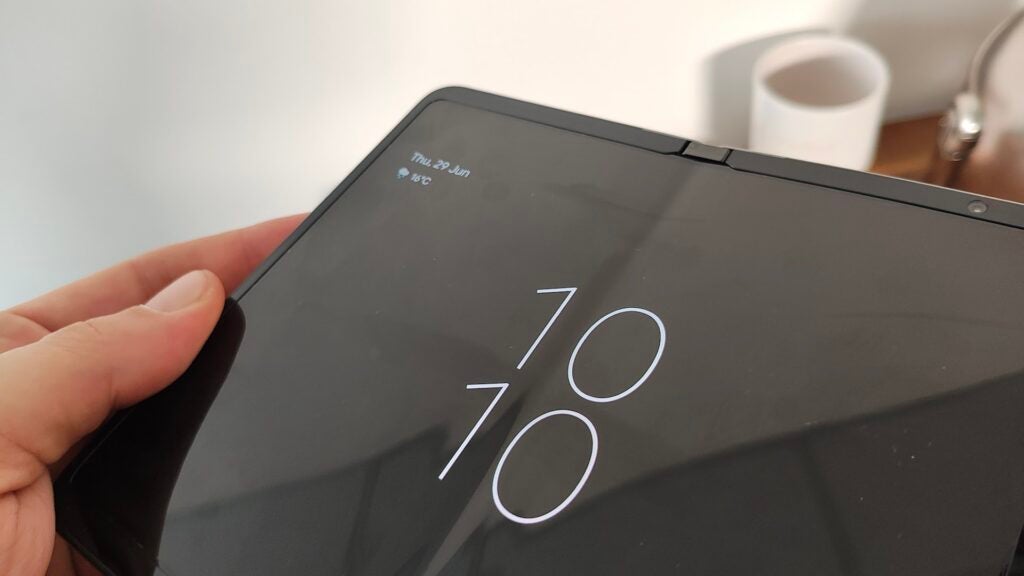
The hinge also needs a bit of work; while it does allow the Pixel Fold to close completely flat with no gap like the popular Samsung Galaxy Z Fold 4, it doesn’t actually open completely flat – rather than a level 180 degrees, it looks like the Pixel Fold stops just short at around the 175-degree mark. This means that the phone doesn’t sit flat on a table (also due to the Pixel’s camera bar on the rear) and it can look a bit wonky in the hand too.
You can push the edges of the phone to get it to lay completely flat (or as close to it as possible) but you really need to put some force into it, and that doesn’t feel right, especially on foldables that are infamous for breaking easily. Even if you get it flat, the phone slowly reverts to that slightly wonky angle after a few minutes.
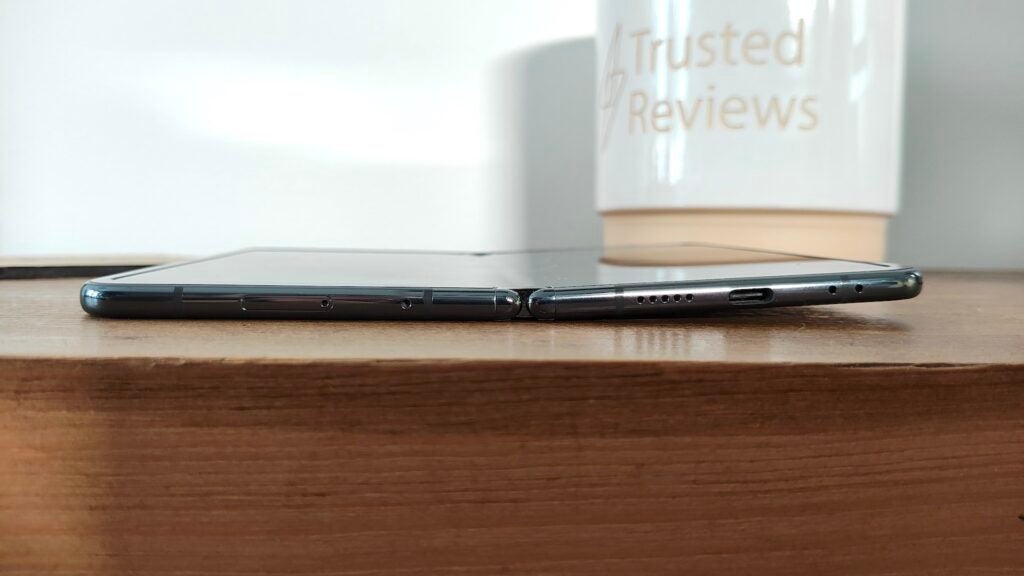
These are issues that have been solved by the majority of the competition with options that cost less than what the Pixel Fold is going for. To offer that up at such a high price when you can get better foldable hardware for less makes the Pixel Fold a difficult sell for most, and it’s not just the hardware either.
App support has been the biggest problem with book-style foldables in general, with many popular apps not supporting the boxy aspect ratio unique to foldables. It’s a problem that’s slowly improving – all Google apps now support the aspect ratio, as do some apps like TikTok and Slack – but there are still plenty, including the likes of Facebook, Instagram and Reddit, that are yet to add support.
Most other foldable manufacturers get around this by allowing you to force the app to run in full-screen mode, with the caveat that it might not load properly. That is indeed the case for apps like Instagram, which is almost unusable in full-screen mode, but there are plenty of others that work just fine unofficially.
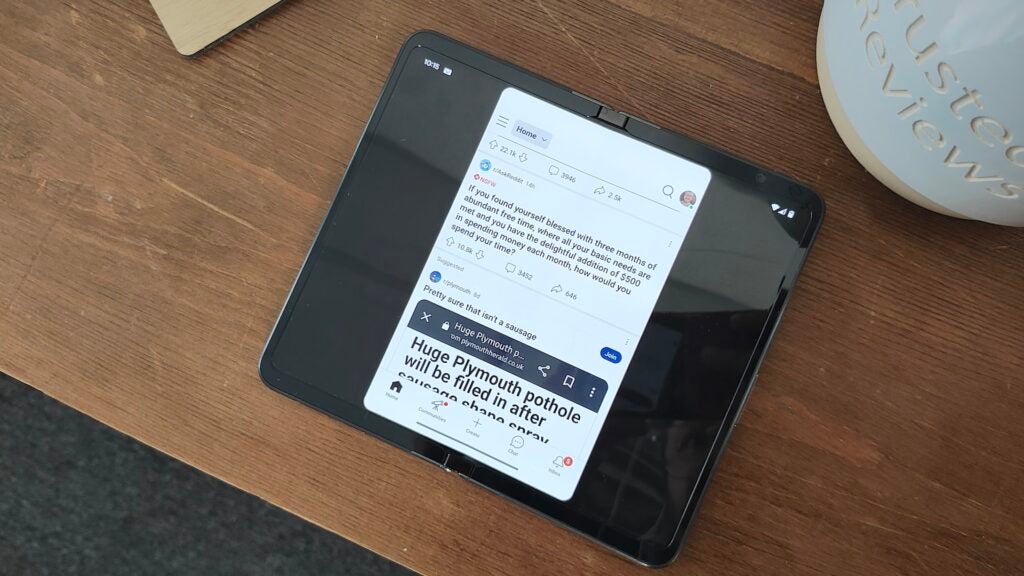
The problem, then, is that Google doesn’t allow users to run unsupported apps in full-screen mode. It’s understandable – Google would rather an app work properly than look a bit odd – but when so many popular apps have yet to officially add support, it significantly reduces the appeal of using the inner display.
Instead of running full screen, unsupported apps will render in a smartphone-esque aspect ratio in the centre of the display with large black bars on either side. When that’s the only option available, I found myself simply reverting to the smaller external display for most day-to-day apps.
Honestly, most of these early flaws and limitations would’ve been slightly easier to accept if Google had gone down the same route as the Pixel 7a and Pixel 7 and undercut the competition on pricing. Even £300/$300 less would’ve made the world of difference, but as it stands the Pixel Fold is the most expensive book-style foldable widely available and, in my opinion, it really can’t justify that price tag.
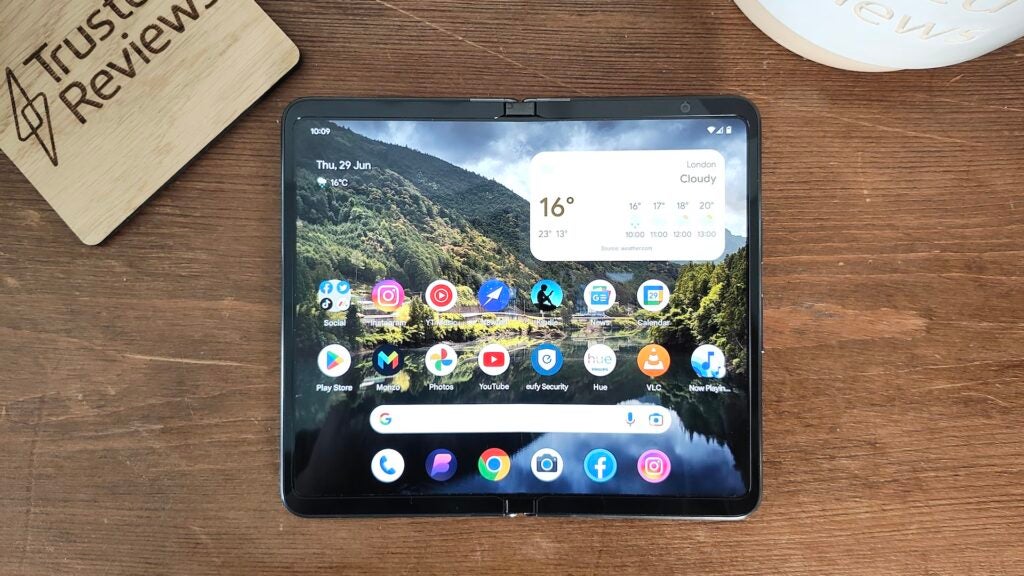
That’s not to say that I dislike the Pixel Fold overall. I love the short and squat design of the 5.8-inch exterior display compared to the ridiculously tall and narrow 6.2-inch panel of the Galaxy Z Fold 4. The rear camera offering (combined with Google’s camera AI chops) delivers some of the best results from a foldable and, app support aside, Google’s approach to Android 13 remains one of the most capable around.
Once Google fixes these early hardware issues – something I’m confident will happen with the more than likely Pixel Fold 2, we’ll have a truly great book-style foldable on our hands. Until then however, the Pixel Fold remains a hard sell.
If you want to find out more about the Pixel Fold, take a look at my in-depth Google Pixel Fold review, and if you’re curious about the foldable competition, we’ve got a roundup of the best foldable phones too.
Source link



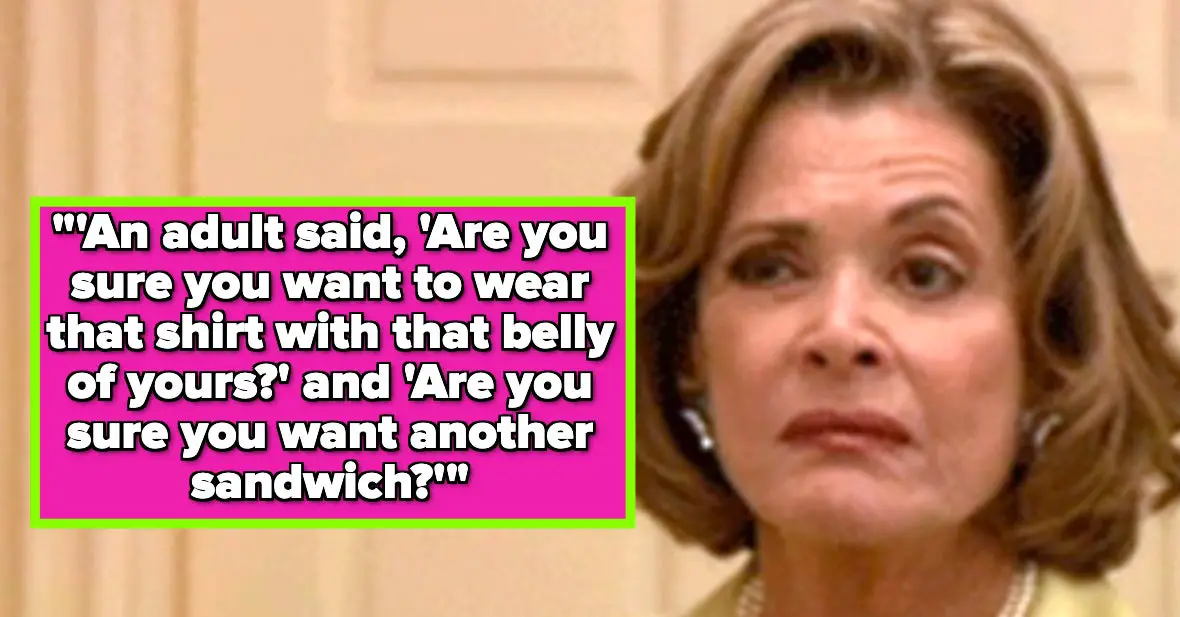

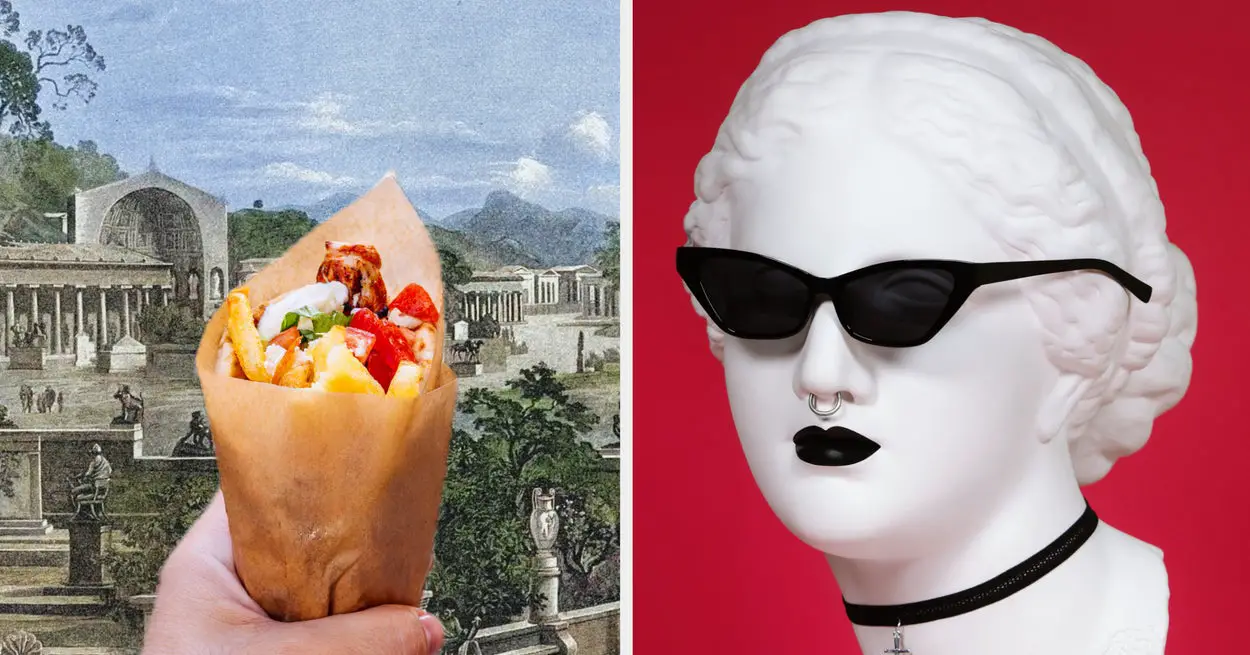





Leave a Reply